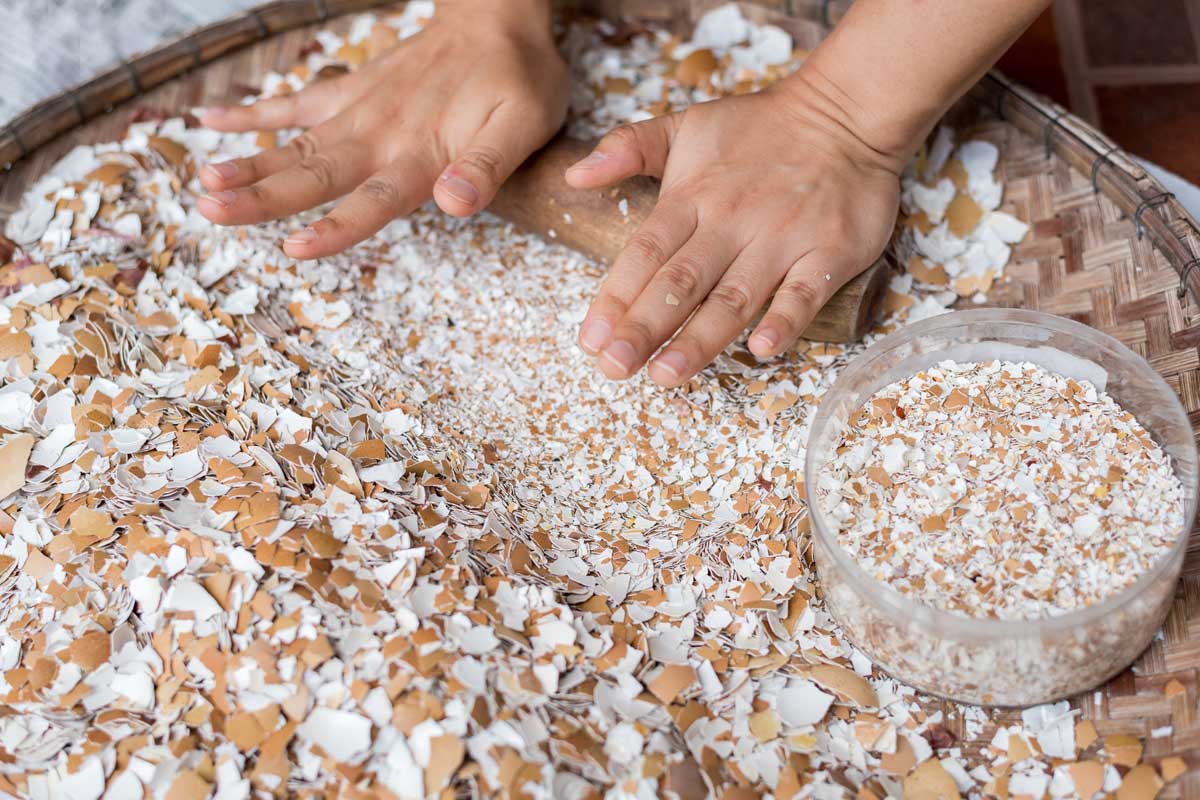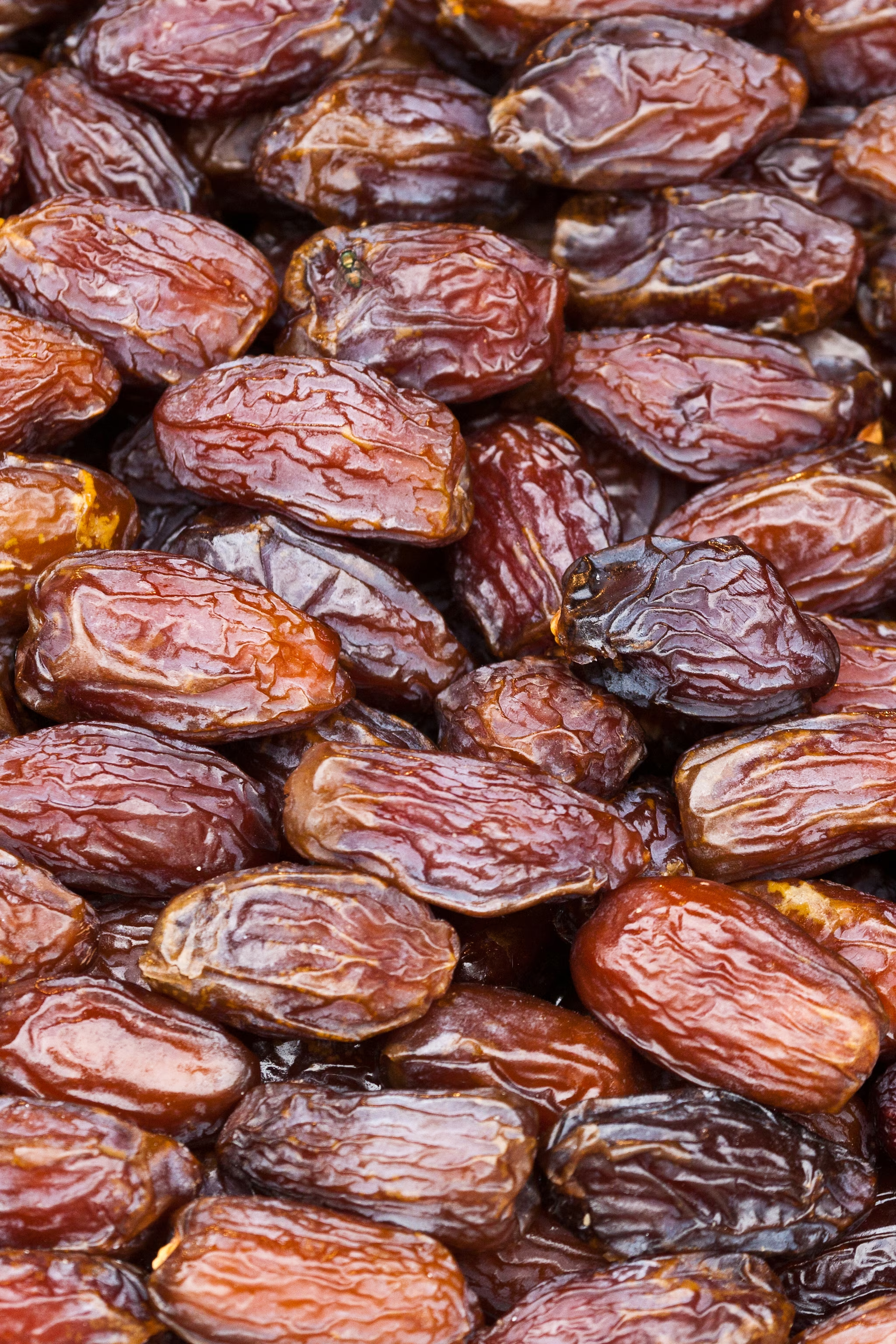
Bay laurel (Laurus nobilis), commonly known as bay leaf, is a versatile and hardy evergreen shrub or tree native to the Mediterranean region. Renowned for its aromatic leaves, this plant has been a staple in kitchens, gardens, and traditional medicine for centuries. Let’s delve into the many uses and benefits of bay laurel, and why it’s such a valuable addition to any home.
Culinary Uses
Flavor Enhancer: Bay leaves are a classic ingredient in cooking, known for their ability to enhance the flavor of soups, stews, and sauces. The leaves are typically added whole and removed before serving, imparting a subtle, slightly floral taste to dishes.
Versatile Ingredient: Beyond savory dishes, bay leaves can also be used in pickling and brining, adding a depth of flavor to various recipes. They’re a key component in bouquet garni and garam masala.
Medicinal Properties
Digestive Aid: Bay leaves have been traditionally used to aid digestion. They contain enzymes that help break down proteins, making them beneficial after a heavy meal. Drinking bay leaf tea can alleviate symptoms of indigestion and bloating.
Anti-inflammatory: The essential oils in bay leaves, such as eugenol, have anti-inflammatory properties. Bay leaf oil can be applied topically to relieve joint pain and inflammation associated with conditions like arthritis.
Respiratory Health: Inhaling steam infused with bay leaves can help clear respiratory passages and alleviate conditions like colds and sinusitis. The steam can be prepared by boiling bay leaves in water.
Gardening and Household Uses
Pest Repellent: Bay leaves act as a natural insect repellent. Placing dried bay leaves in your pantry can help keep pests like weevils and moths away. Similarly, bay leaf oil can be used as a natural insecticide in the garden.
Ornamental Plant: Bay laurel makes for an attractive ornamental plant. It can be pruned into various shapes, making it popular for topiary. Its dense foliage and aromatic leaves add beauty and fragrance to gardens.
Growing Bay Laurel
Climate and Soil: Bay laurel thrives in warm climates and well-drained soil. It’s hardy and can tolerate drought, making it suitable for Mediterranean-type gardens. However, it can also be grown in pots and brought indoors during colder months.
Care: Regular pruning helps maintain its shape and encourages new growth. While bay laurel is relatively low-maintenance, it’s important to protect it from frost and excessive moisture to prevent root rot.
Conclusion
Bay laurel is truly a resourceful plant, offering a multitude of uses from culinary to medicinal to ornamental. Its ability to thrive in various conditions and its low-maintenance nature make it an ideal plant for both novice and experienced gardeners. Incorporate bay laurel into your home and garden to enjoy its rich history and versatile benefits. Whether you’re enhancing your cooking, improving your health, or beautifying your space, bay laurel is a plant that delivers on many fronts.





